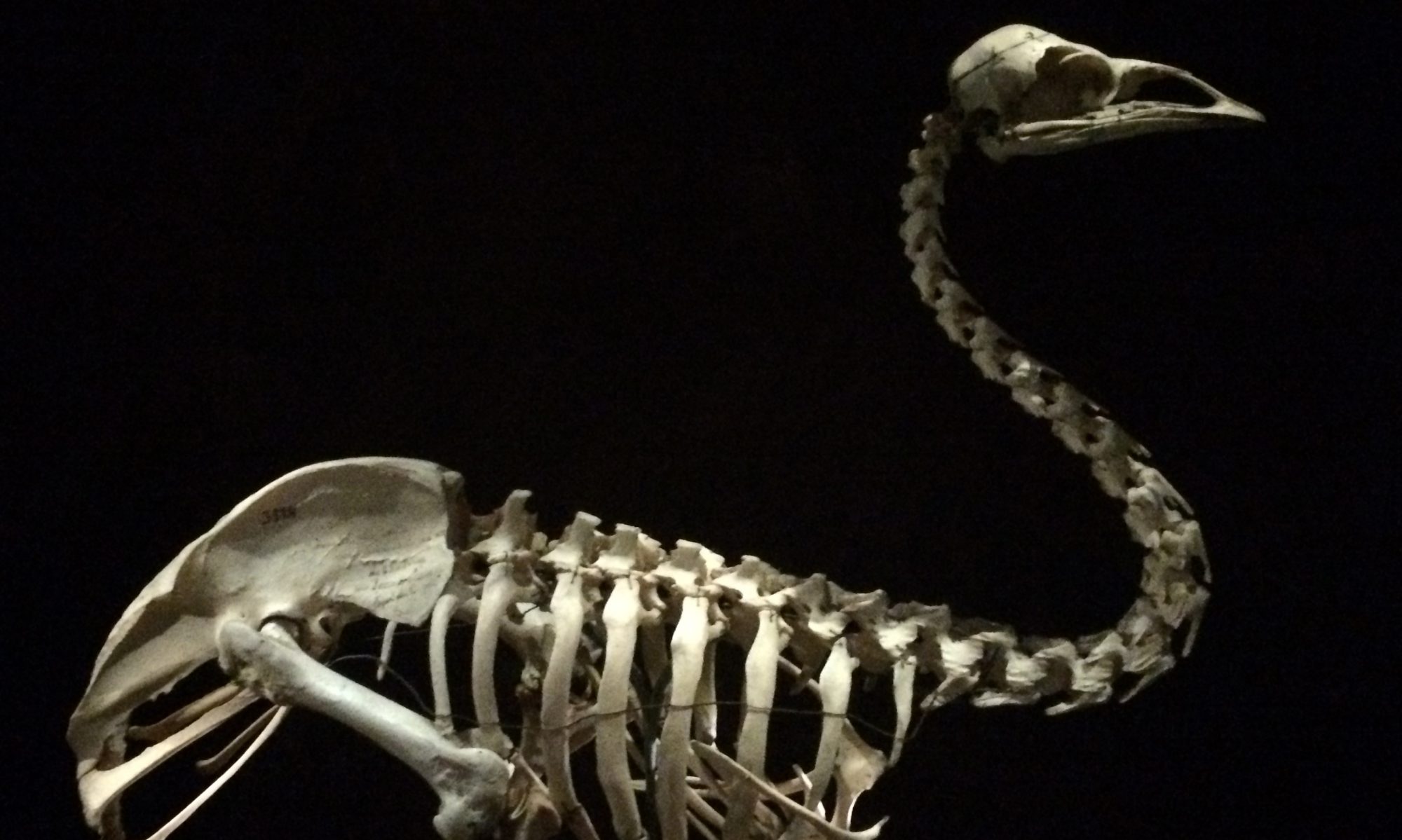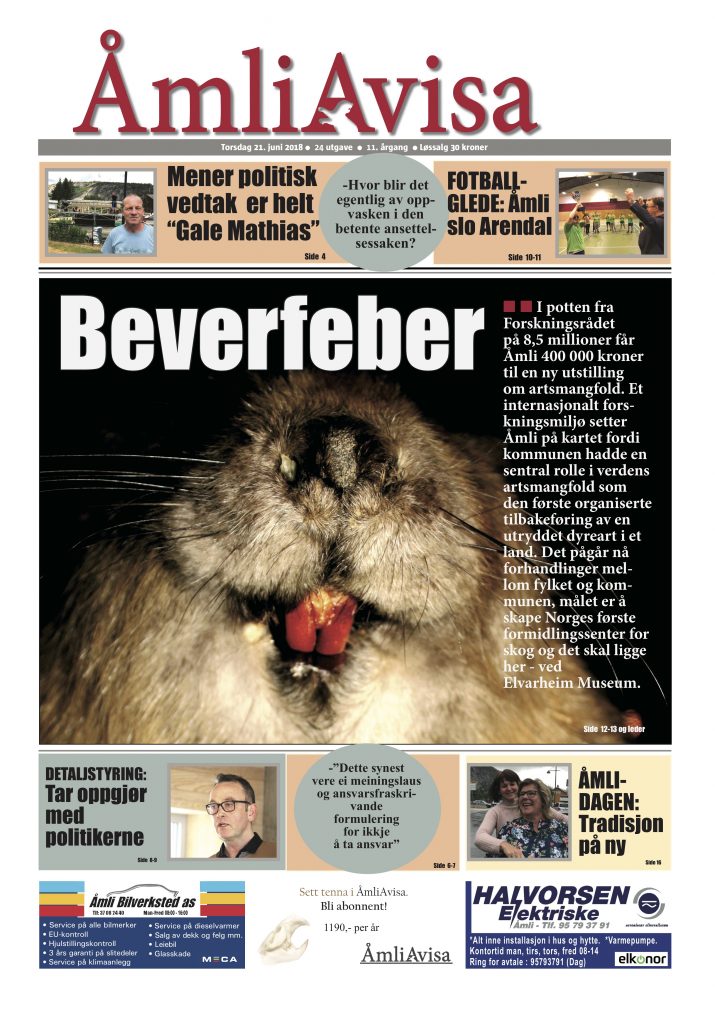Extinction in Public, A Symposium at Manchester Museum, October 15–16, 2020
What do we talk about when we talk about extinction? As a concept, a process, and a specific event, as something troublingly natural and social, as both an observable but mostly unrecorded phenomenon, “extinction” carries competing and contradictory meanings. Yet in the current conjuncture, extinction operates as an emergent keyword of public life. Charged with new immediacy by the cascading effects of climate collapse, mobilised by the collective power of street movements such as Extinction Rebellion and Ende Gelände, and theorised by the nonhuman turns of the environmental humanities, Anthropocene, and multispecies studies, extinction can no longer be contained within the cabinets of natural history museums – if indeed it ever could.
But extinction means different things to different publics. It is a polysemous concept, even slippery. For some, extinction denotes an explicitly human concern and provokes a species-level apocalyptic image of the end of humanity. For others, extinction is more closely associated with the slow passing of charismatic nonhuman animals, conjured evocatively in the image of the endling. The Sixth Mass Extinction Event is itself overwhelming in its valences, not just because it invokes a staggering loss of fungal, plant and animal wildlife, and not just because it comprises an equally staggering loss of indigenous languages, cultures and practices. It is overwhelming, too, because it calls on “us” to think carefully about “our” own complicities and contributions to its continuation, without ever losing sight of the vastly unequal social relations which produce its globally uneven and differentiated impacts.
At the same time, extinction remains elusive and contested. Although the IUCN Red List is forever developing its catalogue, the statistics of extinction vary, and most individual species extinctions remain unrecorded and unknown. Although the predominant signifiers of extinction are still associated with polar bears and whales, it is in fact invertebrates that bear the brunt of anthropogenic impacts. And although many see global heating of 2°C as the ecological tipping point for the planet, indigenous peoples have long understood that “we” have already crossed a “relational tipping point”, as Kyle Powys Whyte suggests. Settler colonialism and capitalist modes of production have broken cross- species kin relationships that were previously foundational to planetary stewardship.
This symposium aims to develop critical perspectives on the sixth extinction. By adopting the title Extinction in Public, we mean to draw attention to and critically reflect on the ways in which extinction – in all of its contradictory meanings – is currently being made public. What is at stake in making public the Sixth Mass Extinction Event? Which publics are engaging with extinction? And what does it mean to them? By hosting this symposium in Manchester Museum, a museum that is exploring its own role in communicating
extinction to different audiences, we especially want to interrogate the relationship between public institutions, public participation, and anthropogenic extinctions, opening up new ways of thinking extinction in the museum space.
We seek abstracts which intervene in the discourse of extinction. We welcome papers which engage directly with the following concerns, but we are also open to hearing about projects which approach extinction in other ways.
- Affects, feelings and emotional registers: What do different publics feel about the sixth extinction? What are assumed to be the appropriate emotional responses to language death and biotic species loss? And how are these responses enacted by different publics? What is it like for people to be living through the Sixth Mass Extinction Event as an event? How does anthropogenic extinction inflect foundational theorisations of mourning and melancholia? What sort of dialectics between urgent action and reflective pause are being struck around the world? What are the risks and rewards of making room for queer, ironic, irreverent, antipathetic or even ambivalent responses to extinction, and in which cases do these putatively “bad environmentalisms” – as Nicole Seymour terms them – generate innovative, empowering and critical opportunities for grappling with climate change? How can we cultivate what the late Deborah Bird Rose called “love at the edge of extinction”? And what is the role of performance, ceremony, or ritual practices in engaging with extinction?
- Heritage, museums, and exhibiting extinction: What do people expect to see when they visit a museum exhibit on extinction, and how are museum workers transforming heritage practices in a time of anthropogenic extinction? If the prevailing position of the museum has been one of “authoritative neutrality”, as Robert R. Janes puts it, then how is the sixth extinction affecting the ways in which museums engage with different publics? How might museums and social movements jointly intervene in the climate emergency? Moreover, because the modern museum is founded on forms of extractivism and imperialism, is human and nonhuman justice to be found in the re-presentation or repatriation of long- exhibited objects? Put differently, is it possible for museums to heal environmental and historical injustices by “de-growing” their collections, as Jennie Morgan and Sharon MacDonald suggest? What sort of futures do museums envisage for life on the planet, and how can heritage play an active role in a time of climate emergency?
- Conceiving, theorising and delimiting extinction: What sort of vocabulary can we draw from in order to make sense of the Sixth Mass Extinction Event, and what vocabulary might we need to recover or invent? How useful is the ongoing debate between Anthropocene/ Capitalocene/ Plantationocene for engaging different publics in extinction? Recent interventions into extinction by Ashley Dawson and Troy Vettese have reinvigorated key Marxist concepts such as the commons, accumulation and formal and real subsumption. Which other critical concepts might help us think through extinction? Can the Sixth Extinction be understood through the many advances of ecofeminist thought (Merchant, Plumwood, Mies, Shiva)? How to build on Juno Salazar Parreñas’ recent project to decolonise extinction?
- Political economies, radical insurgencies: Extinction always marks an end, but it also opens up new possibilities for political action. On the darker side of possibility, what mutations of ecofascism and climate Malthusianism are already developing? How does the prevailing neoliberal order speculate on endangered life, turning extinction into profit? And what are we to make of misanthropic political responses to biodiversity loss, such as the movement towards “voluntary extinction”? Even so, if the main driver of the Sixth Extinction is habitat loss, and is thus a question of land-use, then how might society and land be organised otherwise? And if the extinction crisis is at once an environmental and social justice issue, how can social movements and conservationists build collective power together? Does the “Extinction” in “Extinction Rebellion” mean the same thing to each of its members, and what does extinction mean to XR’s critical friends and opponents?
Please send extended abstracts (maximum 500 words) and short biographies for 30- minute papers to Dr Dominic O’Key (D.E.OKey@leeds.ac.uk) by 10th March 2020.
In an effort to support and develop more sustainable academic practices, this symposium is a “No Fly” conference. Our budget will cover (within reason) contributors’ subsistence, accommodation and land-based travel to and from Manchester. We welcome remote participation, and will endeavour to make digital conversations a meaningful part of the symposium.



